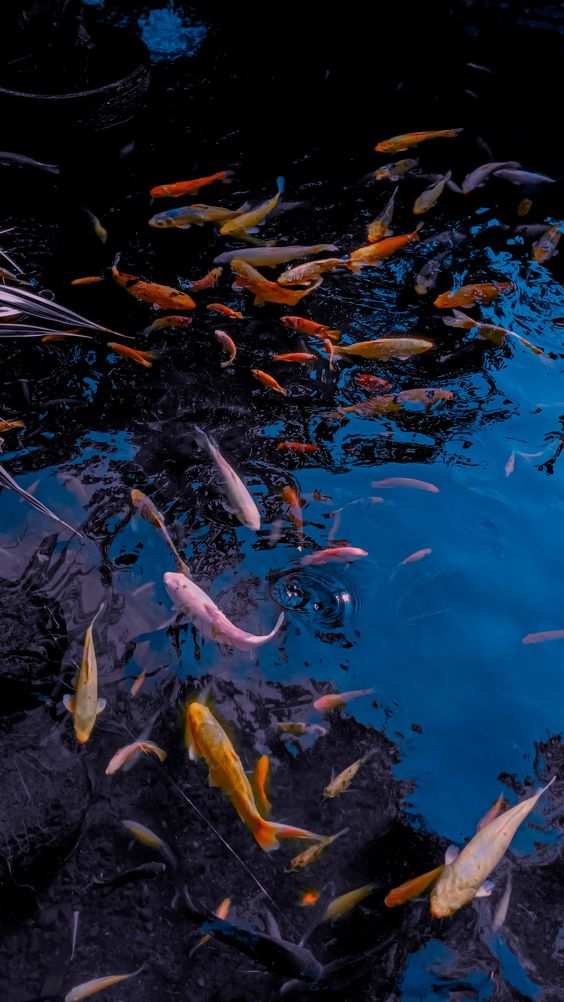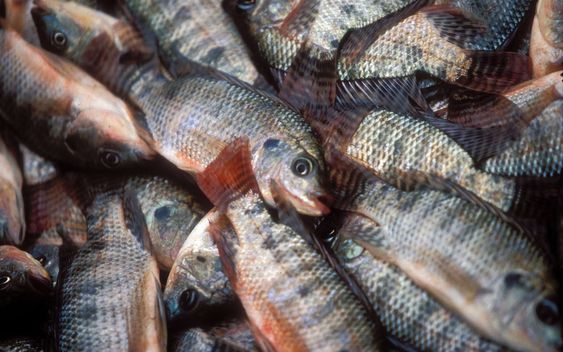Ensuring a Fresh Catch: A Guide to Fish Quality Assurance
Fish Quality Assurance and other seafood products are a vital source of protein and nutrients for billions of people worldwide. However, due to their perishable nature, maintaining fish quality from catch to consumption is crucial. This is where fish quality assurance comes into play.
Fish quality assurance encompasses a series of measures taken throughout the fish supply chain, from harvesting and handling to processing, storage, and distribution. It ensures that the fish remains safe, fresh, and delivers the expected sensory qualities (taste, texture, and appearance) to consumers.
Here’s a deep dive into the world of fish quality assurance, exploring its key aspects and the benefits it brings:
Contents
Why is Fish Quality Assurance Important?
Fish quality assurance is multifaceted. It safeguards public health by preventing the spread of foodborne illnesses caused by bacterial contamination or toxins. It also ensures the fish retains its nutritional value and delivers the sensory experience consumers expect.
Here’s a breakdown of the key benefits:
- Ensures Food Safety: Improper handling or storage can introduce harmful bacteria or toxins into fish. Quality assurance practices like temperature control, proper sanitation, and hazard analysis minimize these risks.
- Maintains Nutritional Value: Fish are rich in essential nutrients like omega-3 fatty acids. Quality assurance practices minimize spoilage and nutrient loss, ensuring consumers get the most out of the fish they eat.
- Preserves Sensory Quality: Fresh fish has a distinct appearance, texture, and flavor. Quality assurance practices prevent spoilage that can cause discoloration, off-odors, and mushy textures, leading to a poor consumer experience.
- Reduces Waste: Spoilage is a major concern in the seafood industry. Quality assurance practices minimize waste by ensuring proper handling and storage, leading to increased profitability for businesses.
- Builds Consumer Confidence: Consistent delivery of safe, high-quality fish builds consumer trust in the seafood industry.
Key Stages of Fish Quality Assurance
Fish quality assurance is a continuous process that begins at the point of capture and extends until the fish reaches the consumer’s plate. Here’s a breakdown of the critical stages involved:
- Pre-Harvest Practices: Even before fish are caught, quality assurance measures come into play. Sustainable fishing practices that avoid overfishing and habitat destruction contribute to healthy fish populations and minimize the risk of contamination.
- Catching and Handling: Proper handling during capture is crucial. Techniques like using appropriate gear, careful handling to minimize injuries, and rapid chilling of the catch help maintain freshness.
- Sorting and Grading: Fish are sorted based on species, size, and quality. This ensures proper handling and processing based on specific needs.
- Processing and Packaging: Depending on the intended product (fresh, frozen, canned), fish undergo various processing treatments like cleaning, filleting, and packaging. Maintaining proper hygiene and temperature control throughout these processes is critical.
- Storage and Distribution: Fish must be stored and transported at appropriate temperatures to prevent spoilage. This often involves using refrigerated warehouses, insulated containers, and controlled-atmosphere environments.
- Retail and Consumer Handling: Maintaining the cold chain at retail stores and proper handling practices by consumers are essential to ensure fish quality until consumption.
Quality Assurance Techniques
Several techniques are employed throughout the fish supply chain to monitor and ensure fish quality:
- Sensory Evaluation: Trained personnel visually inspect fish for appearance, color, and clarity of eyes. They also assess texture, odor, and flavor to identify any abnormalities.
- Chemical Analysis: Chemical tests can detect contaminants like heavy metals or toxins, ensuring food safety.
- Microbiological Testing: Microbial tests identify the presence and levels of bacteria that could cause spoilage or foodborne illness.
- Temperature Monitoring: Maintaining proper temperatures throughout the supply chain is vital. Temperature loggers and data recorders ensure adherence to established temperature protocols.
- Traceability Systems: Traceability systems track fish from catch to consumption, allowing for faster identification and recall of products in case of quality issues.
Standards and Regulations
Several national and international standards and regulations govern fish quality assurance. These standards establish guidelines for safe handling practices, hygiene, temperature control, and labeling requirements. Some prominent examples include:
- Codex Alimentarius: Developed by the FAO and WHO, this sets international food safety standards, including those for fish and fishery products.
- HACCP (Hazard Analysis and Critical Control Points): HACCP is a systematic approach to identifying and controlling potential hazards throughout the food production process.
- National Regulatory Bodies: Each country typically has its own regulatory bodies that establish and enforce food safety regulations specific to the region.






